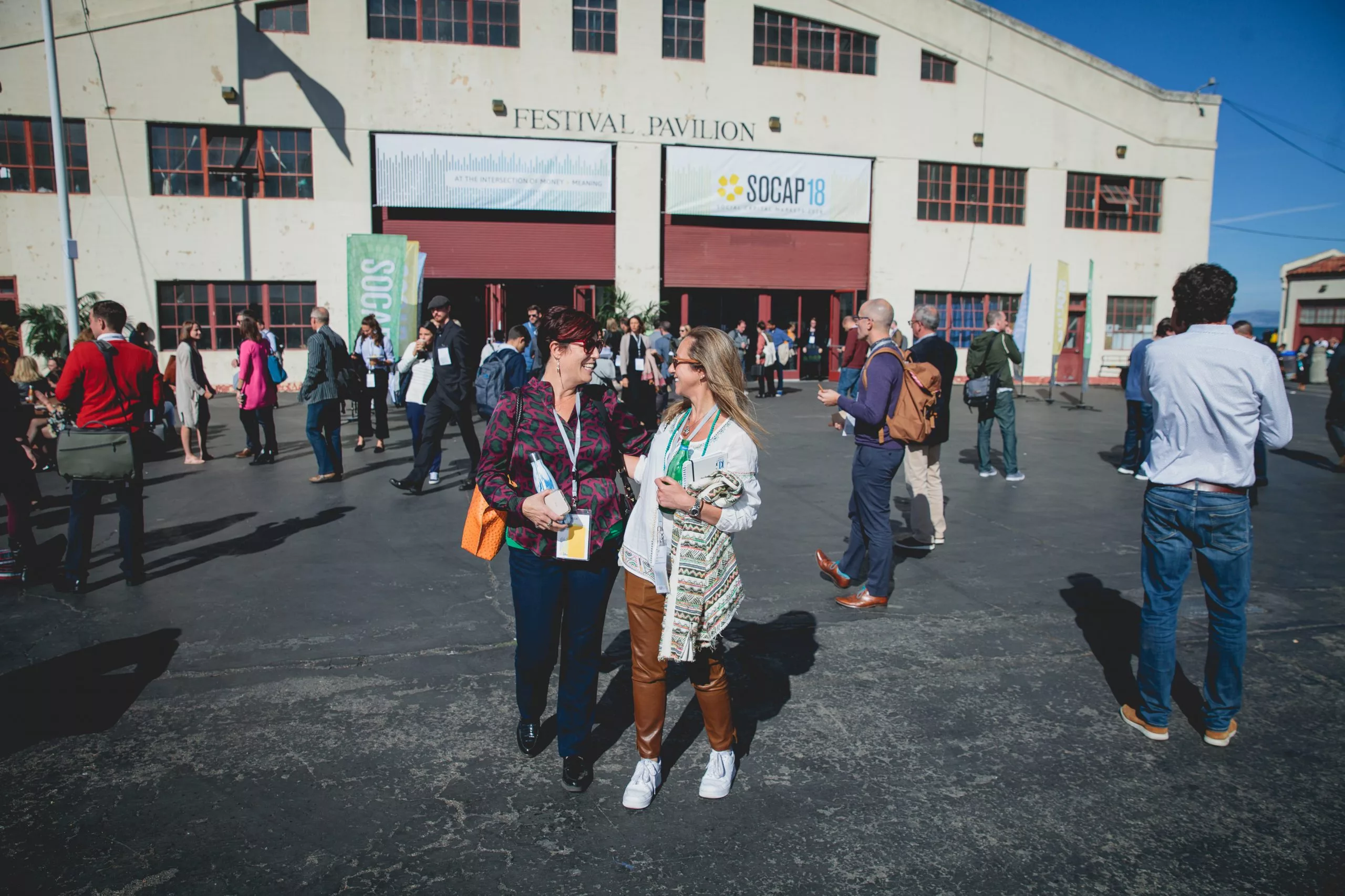A SOCAP Guest Post by Joshua Levin of OpenInvest
 All investments have impact. But to-date, impact investing has been largely limited to small, private companies, and accessible only to accredited investors. What if it were possible for normal folks to easily allocate their retirement portfolios in such a way that maximized the impact of their investments on issues they care about – e.g. climate change, gun control, gender diversity, etc? Such an innovation would unlock vast amounts of capital and consciousness, catalyzing the true mainstreaming of impact investing.
All investments have impact. But to-date, impact investing has been largely limited to small, private companies, and accessible only to accredited investors. What if it were possible for normal folks to easily allocate their retirement portfolios in such a way that maximized the impact of their investments on issues they care about – e.g. climate change, gun control, gender diversity, etc? Such an innovation would unlock vast amounts of capital and consciousness, catalyzing the true mainstreaming of impact investing.
Individual investors are currently being left out of powerful movement. In public equities, over US $1 Trillion has moved into Socially Responsible Investing (SRI) strategies annually over the last 5 years . Yet only a small fraction appears to be owned by retail investors. This despite the fact that according to Morgan Stanley, over 70% of individual investors now say they want their money to align with their values . Given this chasm in even the most liquid and marketable asset classes, small wonder that impact investors have focused instead on getting big checks from Limited Partners (LPs).
But this “missing retail” segment – the amount of SRI assets individuals should hold if responsible investing had the same proportional ownership structure as the normal stock market – represents an approximate $3.6 Trillion opportunity in the U.S. alone.
Here’s how we can close the gap:
The first blockage to mainstreaming is lack of awareness. Most financial intermediaries have stood as a roadblock, with some statistics saying fewer than 10% of advisors, for example, are highly interested in sustainable investing solutions . There is certainly no shortage of sustainable fund options and other tools for investors to start driving change. But the incentives of the Wall Street food chain generally militate against transparency and customization. Rather, they promote a “leave it to the experts” mentality, so that they can continue to sell preset portfolios that protect their margins.

Fortunately, technology makes it possible to dis-intermediate agents who are standing in the way, and to customize portfolios that invest in companies whose impact is consistent with each person’s values. This is our approach at OpenInvest. By bypassing the entire “fund” model and algorithmically constructing each user’s portfolio, investing once again becomes personal, transparent, and impactful. Users can now fully customize their investment portfolios and retirement accounts to support the things they care about.
But this is just the beginning. By vertically integrating and replacing middlemen with computing power, individual investors can now take new actions any time they want – in response to real-world events – while their portfolios always stay balanced and tracking the market. They can have full transparency into what they own, they can vote in their own shareholder resolutions, and they can see rigorous reporting of their real-time social and environmental impacts.
To mainstream, we need to make responsible investing easy, visceral, and social. That requires advanced technology, but then translating that technology into user experience. We can’t claim to have fully cracked that nut, but we’re making sufficient strides. OpenInvest has experienced nearly 20% week-over-week growth since our launch at SOCAP16 in September. It’s clear that the demand for impact investing is real and all around us.
Innovating in public equities is the obvious first step to engaging individual, unaccredited investors. But it’s also the way to build a sufficient demand pipeline to incentivize the impact investing community to open up. Starting this year, we will begin swapping out pieces of portfolios with alternative, impact investing products that we know users care about.
There are already impact products in the retail market – from new crowdfunding equity platforms to Calvert Community Notes. But for the motivated individuals who buy these, what does it mean for their diversification? Are you overweight solar, Indonesia, your local community? We believe the key to liberating unaccredited impact investors is to start from the top-down, with a fully balanced responsible portfolio. We can then offer to replace slices with deeper impact products, while always maintaining portfolio-level diversification. As such, we welcome partners from the SOCAP community to help get products onto our platform for our growing base.
To be clear: retail investors of the future will enjoy similar performance and diversification as their parents. But their holdings will cut across impact asset classes, as they see and feel where their money is going and how they are shaping the world every day.
Following Trump’s election and his subsequent actions, there’s more demand than ever to find new channels to drive change. Yet while they picket in the streets and write monologues on Facebook, individuals are letting their most powerful weapon – their assets – collect dust. The key is to start by giving public markets back to the public. Then we can create a pipeline of capital to help scale impact investing, while in turn restructuring personal portfolios to truly engage our communities and the world. Through a combination of technology and psychology, we now have the tools to democratize capital. Let’s cross that tipping point together.
Article sources:
1) US SIF 2016
2) Morgan Stanley Institute for Sustainable Investing
3) http://images.mscomm.morningstar.com/Web/MorningstarInc/%7Bf98afe5a-61b5-4b70-847f-54b8c3aa4788%7D_Morningstar-Mag_ESG_decjan16_Hale.pdf




